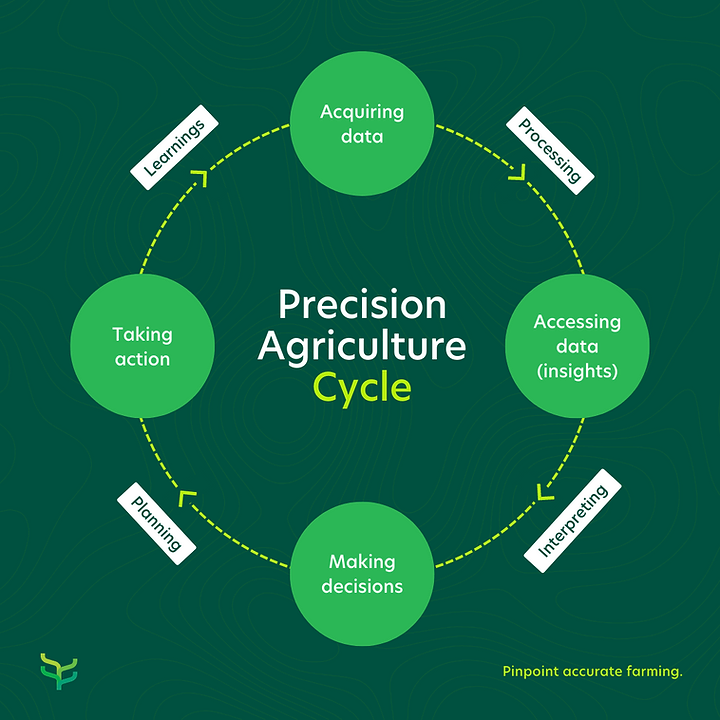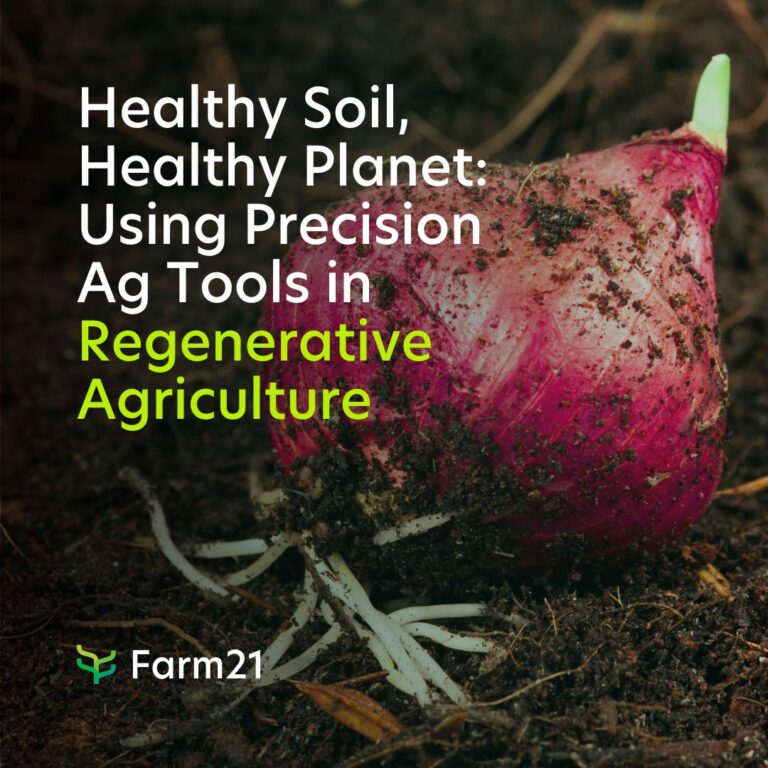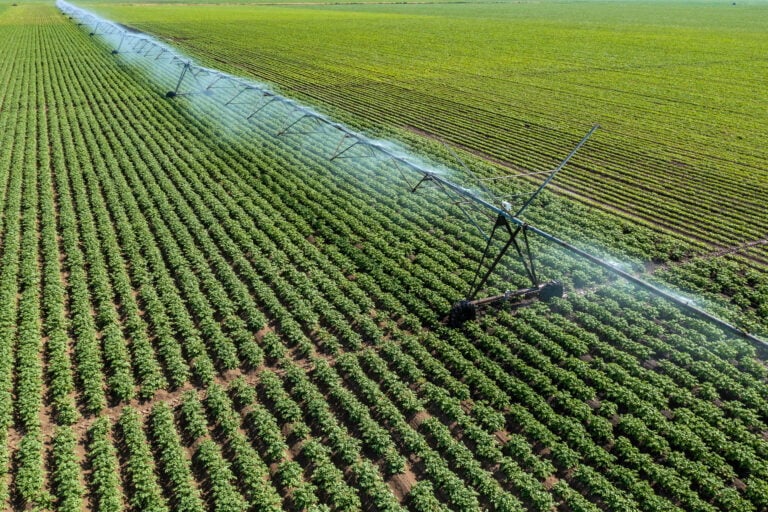Unlocking the Potential of Biostimulants in Agriculture through Data-Driven Insights

Biostimulants in agriculture are a promising approach to a more sustainable future. However, their success depends on proper application and the use of quality data. In this blog post, we will explore how the agriculture landscape is evolving towards biostimulants how data-driven agriculture facilitates this transition.
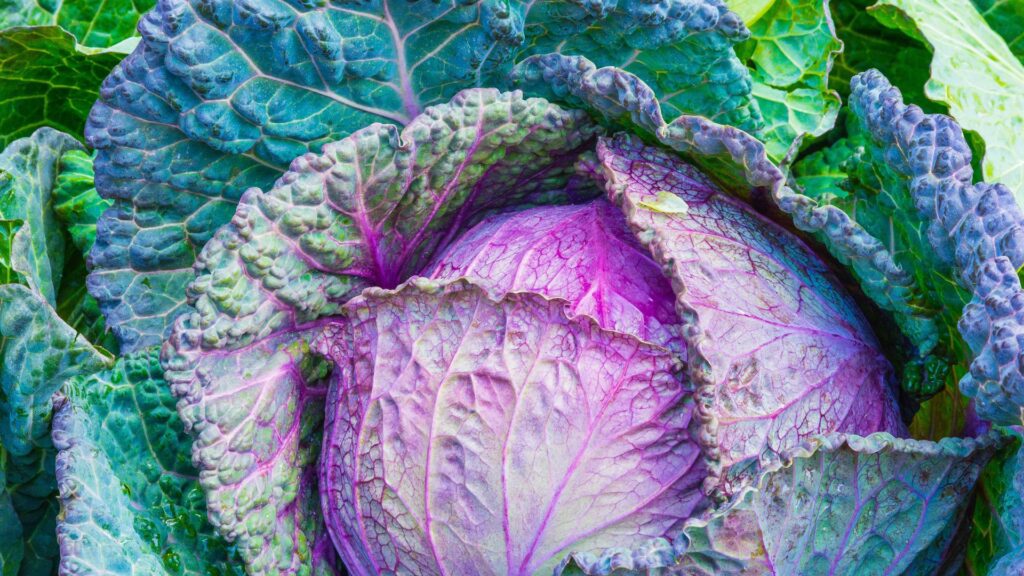
Farming Smarter With Data-Driven Agriculture
Agriculture has come a long way since the days of traditional farming practices. Today, technology and a constant supply of quality data, have made it possible to transform the way we grow our crops, and data-driven agriculture is leading the way. One of the latest innovations in this field is biostimulants, which involves the application of natural compounds that stimulate plant growth and improve crop yields. With the help of data analytics, biostimulant use is revolutionising agriculture and offering farmers a sustainable and efficient way to boost their crop production, while being kinder to the environment.
With the increasing demand for food, farmers need to produce more crops while preserving the environment as best as possible. As the need for sustainable and environmentally friendly agricultural practices increases, the use of biostimulants in agriculture has emerged as an alternative to traditional chemical fertilisers and pesticides.
Biostimulant usage is becoming increasingly popular, as they offer a natural and sustainable way to improve plant health and productivity, compared to traditional chemical fertilisers and plant protection products. It is, however, important to note that the effectiveness of biostimulants can vary depending on factors such as soil type, climate, and crop species. It is critical for researchers to carefully evaluate the use of biostimulants in the context of specific agricultural practices and objectives. The success of bio stimulants in agriculture depends on proper application and the use of quality data.

Bio Stimulants vs. Traditional Chemicals
Firstly, lets looks at what biostimulants are – It is natural substances or microorganisms that are applied to crops to enhance their growth and productivity. These substances include amino acids, humic acids, seaweed extracts, and beneficial microorganisms such as mycorrhizae and rhizobia. Biostimulants work by improving the plant’s nutrient uptake, increasing its resistance to environmental stresses, and stimulating its growth and development.
Traditional chemical fertilisers and pesticides work through direct interaction with plants or pests. Fertilisers provide essential nutrients to the plant, while pesticides kill or repel pests. These chemicals work independently of the surrounding environment and have a relatively standardised application method. In contrast, biostimulants are designed to work in conjunction with natural processes to enhance plant growth and yield. They do not directly interact with the plants or pests but instead work to enhance the plant’s natural mechanisms.
Unlike traditional chemicals, the effectiveness of biostimulants can vary depending on the crop, growing conditions, and the type of biostimulant used. Biostimulants are not a one-size-fits-all solution and require a more targeted approach to be effective. Therefore, clear, high-quality and thorough data is essential to ensure that biostimulants use in a targeted and efficient manner.
Types Of Biostimulants

Seaweed Extracts
Contain various nutrients such as vitamins, minerals, and plant growth regulators. Promote root growth and nutrient uptake, and increase resistance to environmental stress

Microbial
Contain live microorganisms like bacteria, fungi, and yeasts that can improve soil fertility, nutrient availability, and plant growth. They stimulate beneficial microbial activity.

Humic Acids
Organic compounds found in soil and are important components of humus. Humic acid-based biostimulants are typically used to improve soil quality and enhance plant growth.
How Data is Revolutionising Biostimulant Use
Data-driven agriculture is transforming the way growers, researchers and agronomists approach crop production, and biostimulant use is no exception. With the help of data analytics, agri experts can make more informed decisions about the use of biostimulants, including which compounds to use, when to apply them, where to apply them and how much to use. This data-driven approach ensures that biostimulants are applied in the most effective way possible, leading to better crop yields and ultimately, more sustainable farming practices.
One of the most significant advantages of data-driven biostimulant use is the ability to tailor the application to specific crops and soil conditions. Soil type, nutrient availability, and other environmental factors can have a significant impact on the effectiveness of biostimulants. By collecting and analysing data about these factors, growers can make more informed decisions, for example, about which biostimulant to use and how much to apply.
Data analytics can also help farmers track the impact of biostimulant use over time. By monitoring crop yields and other key metrics, farmers can determine the effectiveness of biostimulants and adjust their application as needed. This data-driven approach ensures that biostimulant use remains effective over the long term.
Practical Examples:
- Precision farming: Precision farming tools like soil sensors and weather stations are providing farmers with real-time data on soil conditions, moisture levels, and weather patterns. This information can be used to make informed decisions about the use of biostimulants, including when and where to apply them for maximum impact.
- Big data analysis: Advances in big data analysis are allowing researchers to analyse large amounts of data from multiple sources to identify patterns and relationships between biostimulant use and crop yield. This information can be used to develop more effective biostimulant products and application strategies.
- Research and development: Information and data are also driving research and development in the biostimulant industry. Researchers are using data to identify new biostimulant compounds and test their efficacy in the lab and field.
- Sustainability: The use of biostimulants is often part of a broader sustainability strategy that aims to reduce the use of traditional chemicals in agriculture. Information and data can help farmers and companies track their progress toward sustainability goals and identify areas for improvement.
- Decision-making: Information and data can help farmers and companies make more informed decisions about the use of biostimulants. By tracking crop yield and soil health metrics, farmers can adjust their biostimulant use in real-time to optimize results.
Benefits of Data-Driven Biostimulant Use

Increased Sustainability
By improving soil health and plant resilience, the need for chemical fertilisers and pesticides is reduced
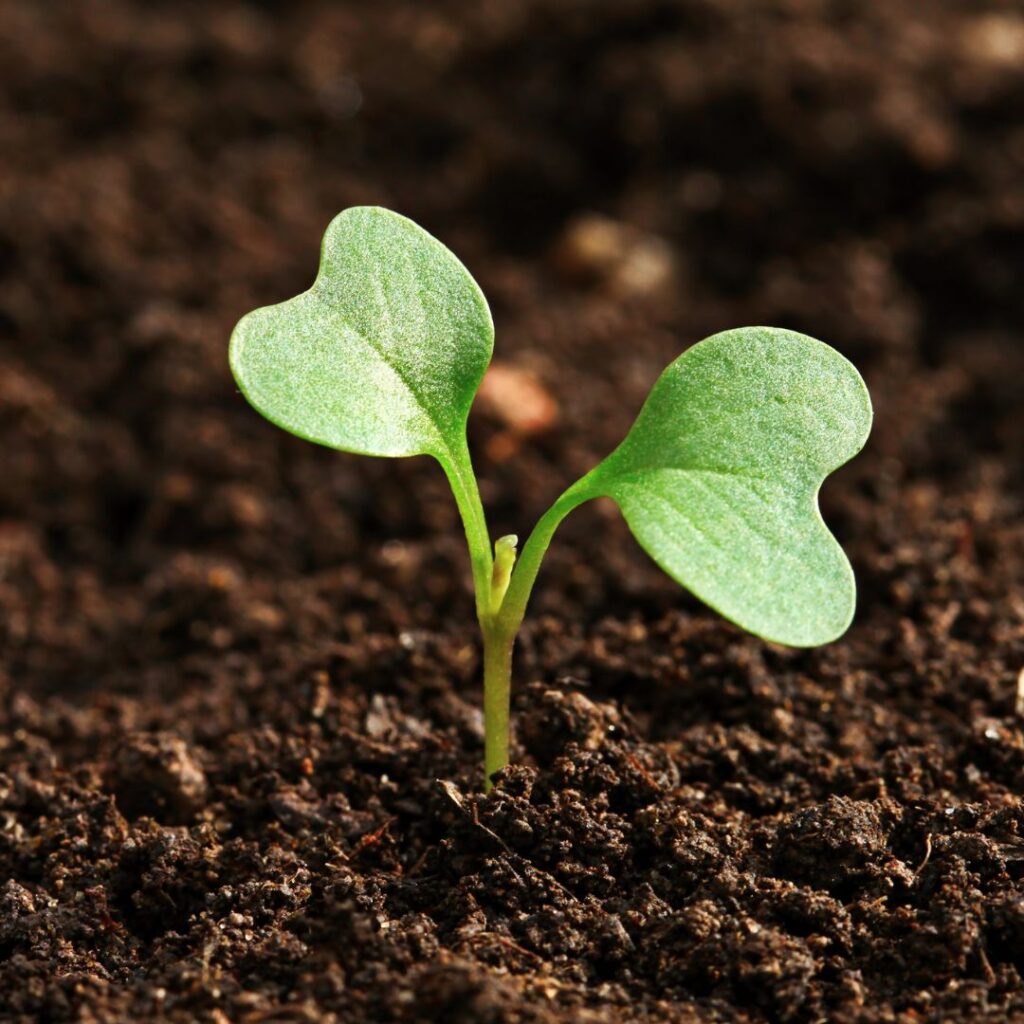
Healthier Soil
By promoting the growth of beneficial microorganisms, soil health is drastically improved
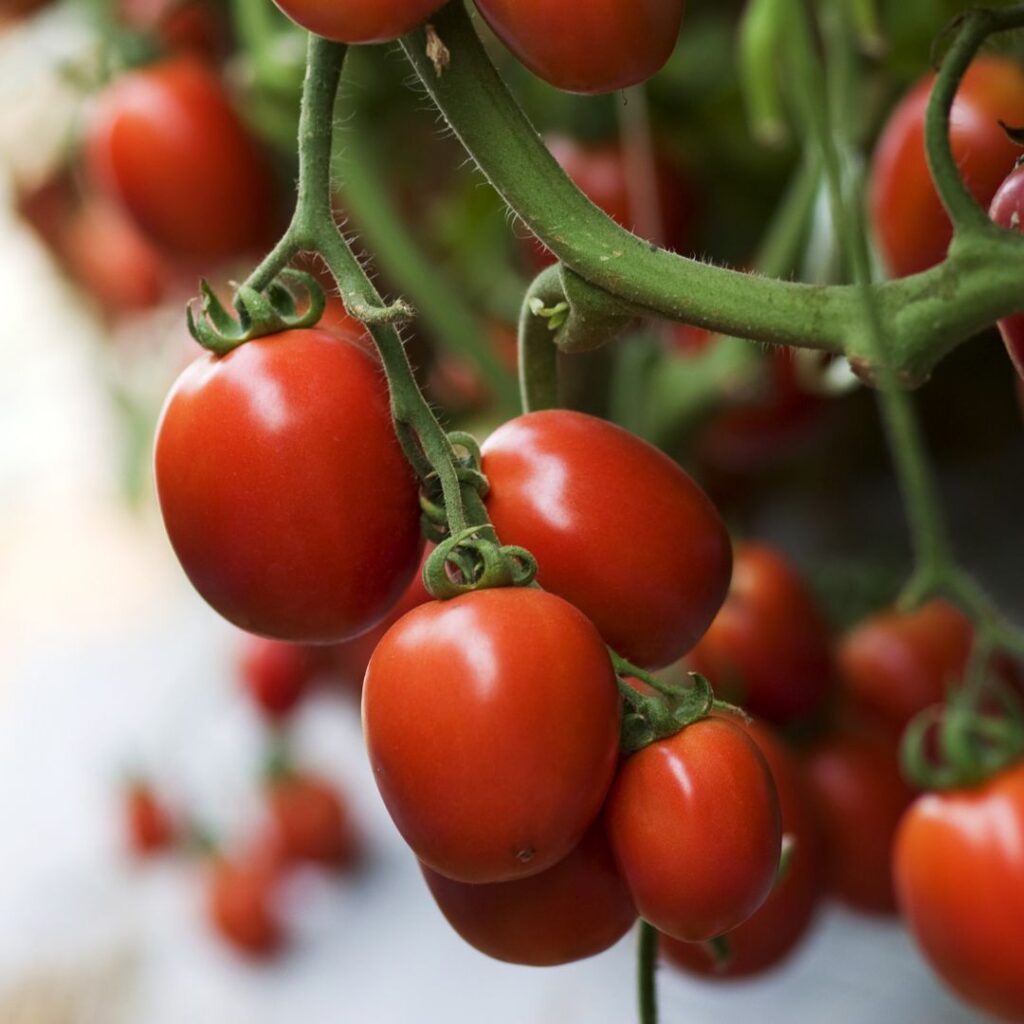
Higher Crop Quality
By providing all the benefits of chemical fertilisers it enhances flavour, aroma, and nutritional value
Large-Scale Feasibility of Biostimulants in Agriculture
There are numerous big companies who have successfully implemented the use of bio stimulants including:
- Driscoll’s: Driscoll’s, one of the largest berry growers in the world, has been using biostimulants to improve crop health and yield. They have been using a biostimulant product called Trichoderma harzianum to improve the growth and health of their strawberry plants.
- Ocean Spray: Ocean Spray, the world’s leading producer of cranberry products, has been using biostimulants to improve the health and yield of their cranberry crops. They have been using a biostimulant product called Humic Acid to improve soil quality and increase nutrient uptake in their plants.
- Syngenta: Syngenta, a global agribusiness company, has developed a biostimulant product called Actigard that improves plant health and resistance to disease. The product is made from a natural plant compound that stimulates the plant’s immune system to fight off disease.
- Archer Daniels Midland: Archer Daniels Midland, one of the world’s largest agricultural processors and food ingredient providers, has been using biostimulants to improve crop health and yield. They have been using a biostimulant product called NutriLife, which is made from a blend of seaweed extracts and other natural ingredients, to improve soil health and increase nutrient uptake in their crops.
Precision Farming Tools To Gather Insights for Biostimulant Development and Use
1. Farm21’s Soil Moisture Senors
Farm21’s soil moisture sensors can be helpful in biostimulant use and development in several ways:
- Optimal application: Soil moisture sensors can help farmers determine the optimal time and rate of biostimulant application based on real-time soil moisture data. This ensures that the biostimulant is applied when the soil moisture level is optimal for maximum absorption and utilisation by the plants.
- Improved efficiency: By using soil moisture sensors to guide biostimulant application, farmers can avoid over-application or under-application, which can lead to wasted product and reduced efficacy. This improves the efficiency of biostimulant use and reduces costs for the farmer.
- Customised formulations: Soil moisture sensors can also be used to identify areas of the field with varying moisture levels, which may require customised biostimulant formulations to achieve optimal results. For example, a biostimulant designed for drought tolerance may be more effective in areas with low soil moisture levels, while a biostimulant designed for root growth may be more effective in areas with high soil moisture levels.
- Monitoring efficacy: By regularly monitoring soil moisture levels and plant response, farmers can evaluate the efficacy of different biostimulant formulations and adjust their application strategy as needed to achieve the desired results.

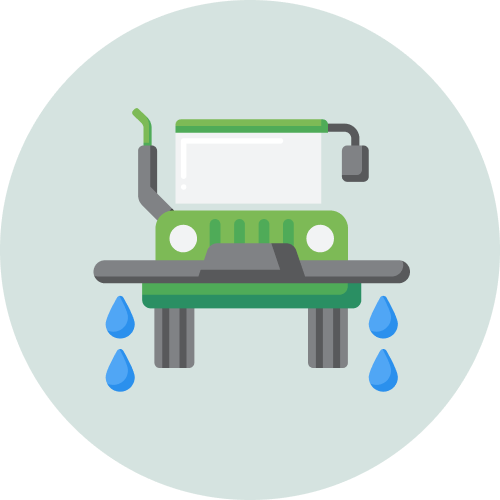
Take Action
Treat, spray & irrigate crops with sensors in place
Long Lasting
Recharge battery with USB-C and lasting a full year on a single charge
Measure
Measures right under the crop canopy for actual crop climate
Connectivity
Narrowband-IoT,
LTE-M & 2G connectivity for easy deployment
Affordable
5 to 10 times more affordable than any competing device
API Integration
Instead of using our platform, integrate your own through the API
Easy Installation
Factory calibrated, done in 30 seconds
Modular Design
Our sensors support
other modules or third-party sensors
2. Farm21’s Data Platform
Farm21’s data platform and app can be helpful in biostimulant use and development in several ways:
- Collaboration and data-sharing: Farm21’s data platform enables collaboration among farmers, agronomists, and biostimulant manufacturers by providing a centralised platform for sharing data and insights. This can lead to the development of new and more effective biostimulant formulations, as well as more efficient and sustainable application strategies.
- High-data density: The data platform can collect and analyse data from soil moisture sensors, weather stations, scouting reports and satellite imagery to provide real-time information on soil moisture, temperature, and other environmental factors that affect crop growth. This information can help growers and researchers to make informed decisions on biostimulant application, such as identifying areas of the field that require different types of biostimulants or adjusting the timing and rate of application based on weather conditions. (Watch the introduction to Farm21’s new app.)
- Efficacy evaluation: Farm21’s data platform can also be used to monitor the efficacy of biostimulant applications by tracking crop health and yield data over time. This information can be used to evaluate the effectiveness of different biostimulant formulations and application strategies, and to adjust those strategies as needed to achieve the desired results.
Curious to find out more about Farm21’s solution?
Conclusion
In conclusion, biostimulants have the potential to revolutionise the agricultural industry by providing a natural and sustainable way to improve plant growth and yield. However, their effectiveness depends on various factors such as soil type, plant species, and application method.
Data-driven insights can help unlock the full potential of biostimulants by providing farmers and researchers with information on the optimal dosage, timing, and combinations of biostimulants to use. By leveraging data analytics we can gain a deeper understanding of how biostimulants work and identify new opportunities to enhance their performance. With continued research and development, biostimulants can become an essential tool in sustainable agriculture, supporting both the health of the planet and the livelihoods of growers worldwide.

